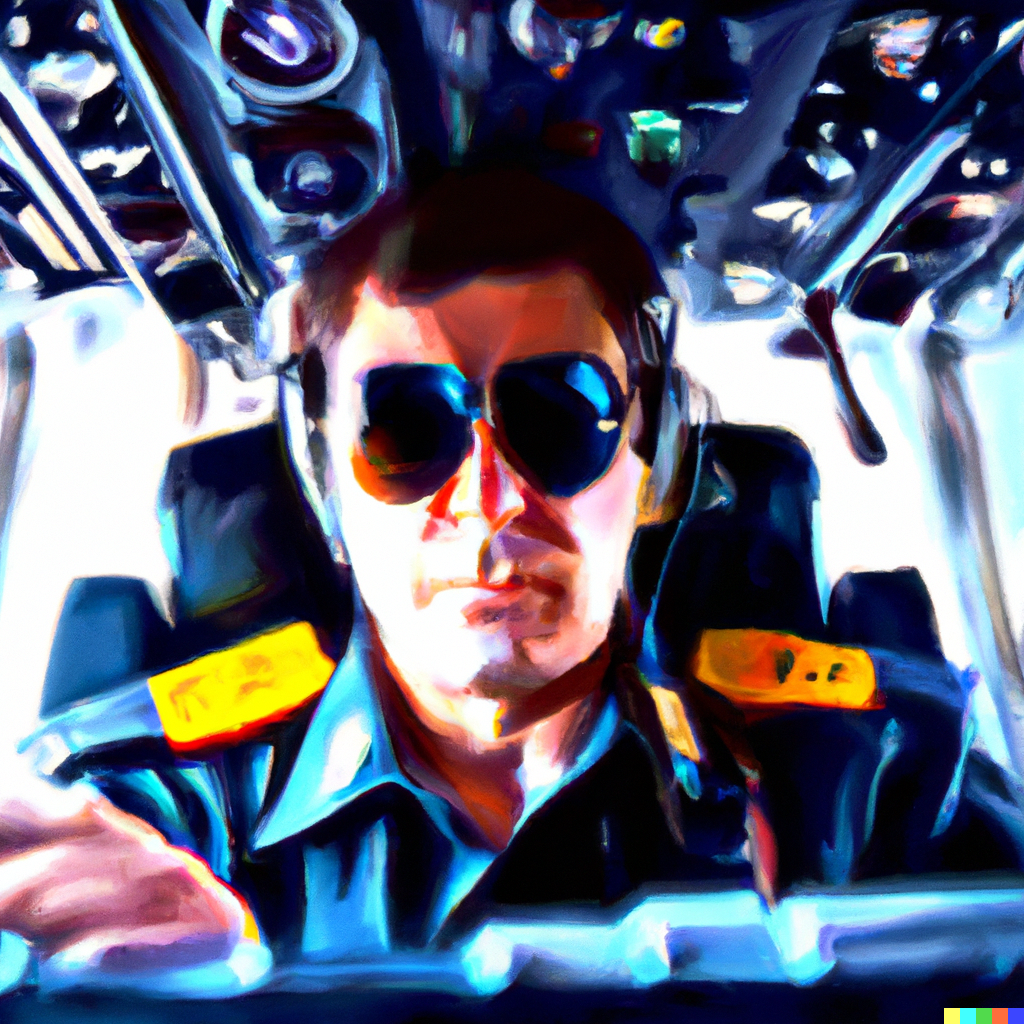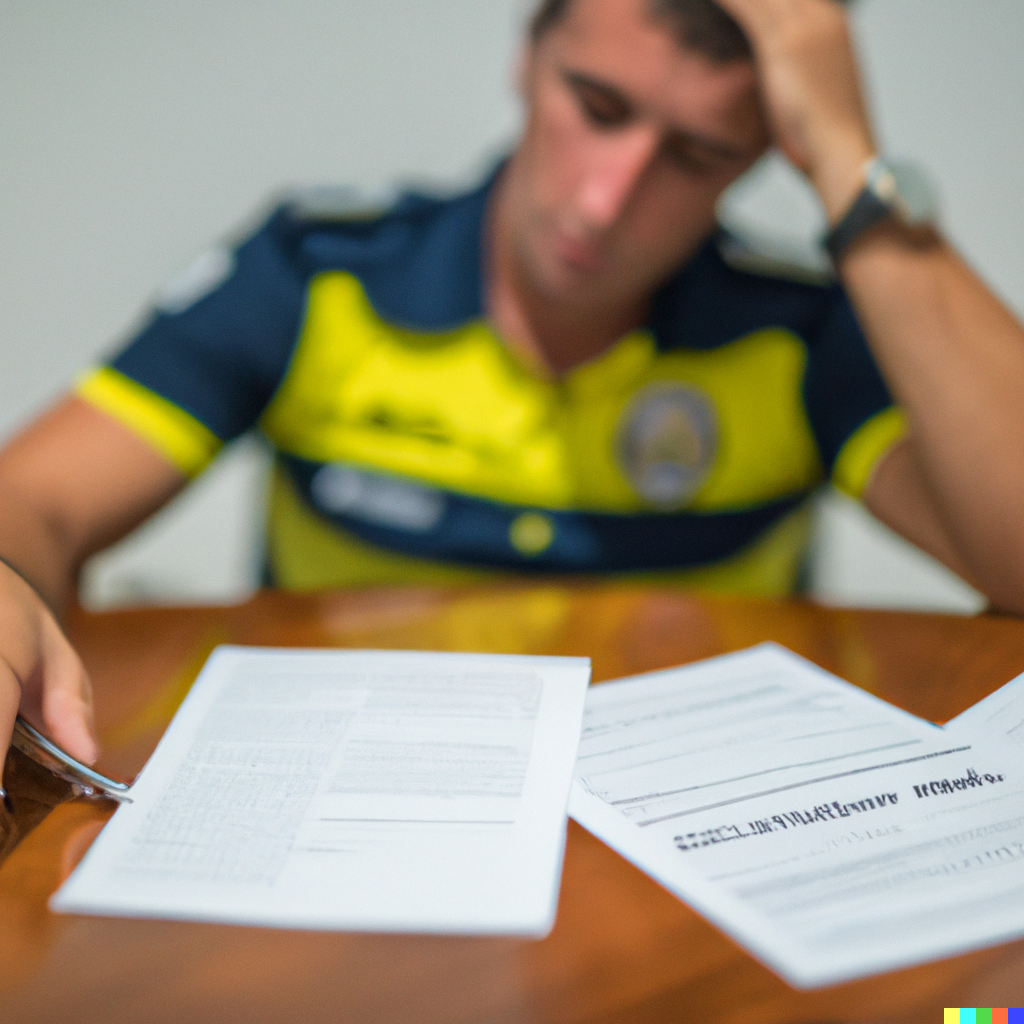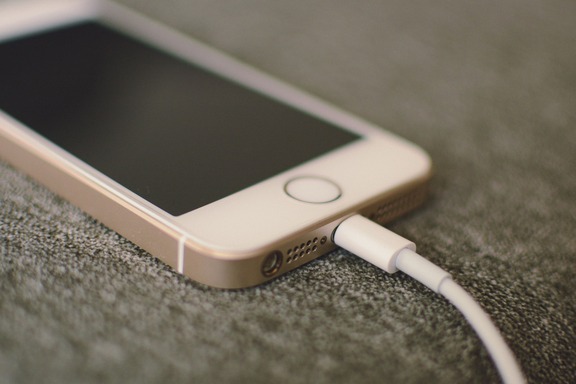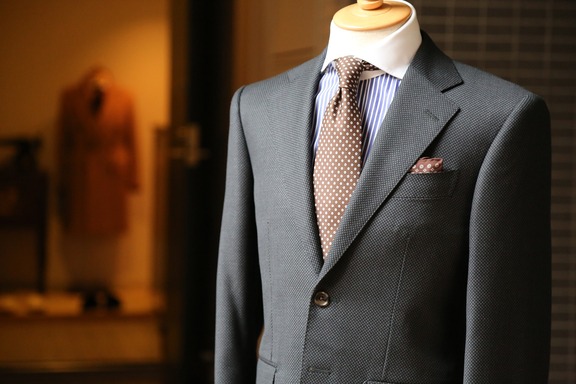Clear Skies Ahead: Navigating Vision Requirements for Aviators
Alexander Kellerson

In the exhilarating world of aviation, there's so much more than meets the eye! Welcome aboard our journey into the realm of vision standards for aviators. In our exploration titled Clear Skies Ahead: Navigating Vision Requirements for Aviators, we will delve into the fascinating details of how eyesight plays a pivotal role in a pilot's career. From understanding the vision standards set by aviation authorities, the role of corrective lenses in flight, to the impact of vision on pilot performance, we've got it all covered! We'll also be shedding light on the importance of regular eye exams, the relationship between sunglasses and aviation, and tips for coping with night vision. So fasten your seatbelts as we take off into this insightful journey!
Understanding Vision Standards
Clear vision is a non-negotiable standard for pilots, and it's important to understand the specifics of these requirements to ensure safety in the skies. The Federal Aviation Administration (FAA) stipulates that pilots need 20/20 vision, either naturally or corrected using glasses or contact lenses. It's not about just seeing clearly, but also about discerning colors accurately and having a wide field of view. So, even if you wear glasses, as long as your vision can be corrected to meet these standards, there's nothing stopping you from soaring high above the clouds.
Corrective Lenses in Flight
Clear skies aren't just the ideal weather for pilots - they're also a metaphor for the importance of clear vision in aviation. For those aviators who rely on glasses or contact lenses, the good news is that corrective lenses are widely accepted in the aviation industry. It's essential, however, to ensure the prescription is up-to-date to meet the vision standards set by regulatory bodies. Corrective lenses can be a reliable aid in achieving the required visual acuity, helping pilots navigate the skies safely and effectively. Remember, the goal is always a clear and unobstructed view of the horizon, regardless of whether that clarity comes naturally or with a little help.
Impact on Pilot Performance
While vision is a fundamental aspect of a pilot's performance, flying with glasses is not a barrier to reaching for the skies. Proper eyesight ensures precision and accuracy during flight operations, from reading the flight instruments to observing external conditions. However, if a pilot's vision isn't perfect, corrective lenses or glasses could be the answer. They can effectively compensate for visual impairments, helping pilots meet the stringent vision requirements set by aviation authorities. Therefore, a pair of glasses is more than just a fashion statement in the cockpit; it can be an essential tool for safe and effective piloting.
Importance of Regular Eye Exams
Maintaining a clear and focused vision is vital for pilots, hence, the importance of regular eye examinations cannot be overstated. These routine checks ensure your eyes are in top form, capable of meeting the rigorous visual demands of flying. They help detect any early signs of eye conditions that may impede your flying skills, such as cataracts, glaucoma or macular degeneration. Therefore, scheduling routine eye exams with a trusted optometrist should be as integral to an aviator's itinerary as their pre-flight checks. This proactive approach to eye health not only secures your safety in the skies but also prolongs your thrilling aviation journey.
Sunglasses and Aviation
With the sun's rays shining strongly at high altitudes, aviators often turn to sunglasses for comfort and safety. However, not all sunglasses are created equal in the aviation world. Polarized sunglasses, while excellent for reducing glare in most situations, can interfere with visibility of instruments and other aircraft. Therefore, many aviation professionals prefer non-polarized sunglasses with a neutral gray tone for accurate color recognition. Remember, your sunglasses are more than just a fashion statement; they're a key tool in ensuring clear skies ahead.
Coping with Night Vision.
Adjusting to night flying conditions is an essential skill for any pilot. It's important to know that the human eye takes approximately 30 minutes to adapt to the darkness, making pre-flight planning crucial to successful night voyages. Utilizing instrument lights and maintaining good health can significantly improve night vision. In addition, pilots with glasses should ensure their lenses are anti-reflective to avoid potential glare. Remember, clear vision is not just a daytime requirement - it guides you through the starlit skies too.
'Adapting to Progressive Changes in Vision – Embracing the Future of Aviation'
In conclusion, vision plays an indispensable role in the aviation industry. From understanding the stringent vision standards set by the aviation authorities, to the use and acceptance of corrective lenses in flight, it is clear that optimal vision is a crucial factor in a pilot's performance. Regular eye examinations should never be underestimated, as they ensure the pilot's vision meets the necessary requirements and any changes are identified early. Furthermore, the correct use of sunglasses can significantly improve a pilot's visibility, reducing glare and increasing contrast. Lastly, coping with night vision is another aspect that pilots need to master, with particular skills and techniques required to navigate the skies after dark. As we navigate the clear skies ahead, let's remember that the safety of everyone on board lies in the hands of the aviator, and they, in turn, place their trust in their vision.













